For a few years digital native media sites like Buzzfeed have been using what they call "native advertising" to monetise their huge reach. "Native advertising" is PR-Speak and basically means that media sites no longer clearly separate editorial content from advertising – a foundational principle in journalism ethics.
In 2014 Techcrunch summed up Buzzfeed's strategy with this article headline "BuzzFeed's Future Depends On Convincing Us Ads Aren't Ads" and illustrated the concept with the screenshot below.
See how hard it is to notice the adverts? (Techcrunch added the green boxes to help you spot them)

Buzzfeed puts a lot of work into its "native advertising", calling it "Content Worth Sharing" and offering teams to "craft original, custom content". So, much of the "native advertising" is a lot like other Buzzfeed articles. To be able to defend making advertising content indistinguishable from other articles, there's the yellow "promoted by sign" accompanying the articles along with the advertiser's logo.
But consider the video below. If you stumble across it on Youtube you might assume that it really is Buzzfeed content alluding to a shared experience of people having beat-up first cars and then, one day, having enough money to buy a new one.
View this video on YouTube
Maybe after the third instance of the same car being called the "first REAL car" you'll start to get a premonition. And in the end, when the Toyota logo is shown, you'll realise you just voluntarily watched a two-minute ad.
You know, those things you usually click "skip" on?
Advertising As News
And then there are the articles where you don't really know whether they're sponsored or not. Buzzfeed doesn't label them as sponsored, but they clearly consist exclusively of a brand message.
Like the article below which prominently features the brand Budweiser in the headline and then just retells it's Super Bowl ad in eleven stills.
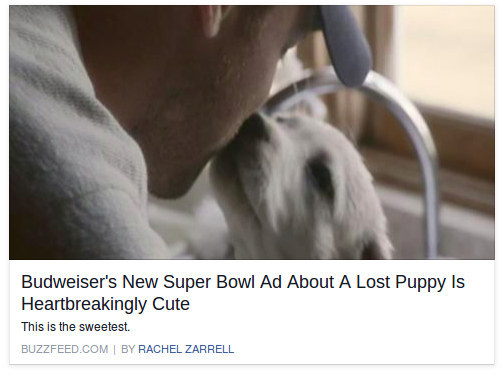
Or more recently: After the US Supreme Court's decision to strike down bans on same-sex marriage, Buzzfeed ran the story below. That's Buzzfeed asking you to look at the rainbow-themed gimmicks companies came up with.

Watch This!
The staple of such consumer messages on Buzzfeed are the articles on entertainment stories – which, admittedly, is perhaps not so different from the entertainment sections of media that separate advertising from editorial content more strictly.
Below is an article that came out shortly before the beginning of "Game of Throne"'s third season.
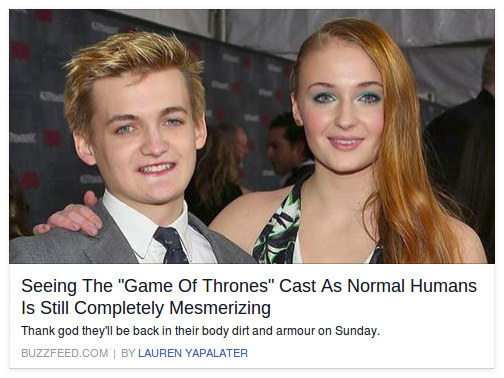
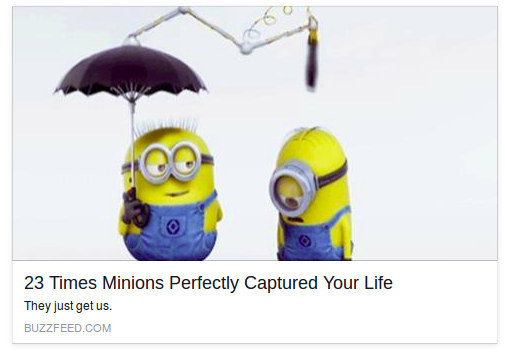
Wear This!
There are more subtle articles, though. Like this one that plays with the idea of women who aren't models wearing swimsuits made by "Victoria's Secret" (again, note the brand name mentioned prominently in the headline).
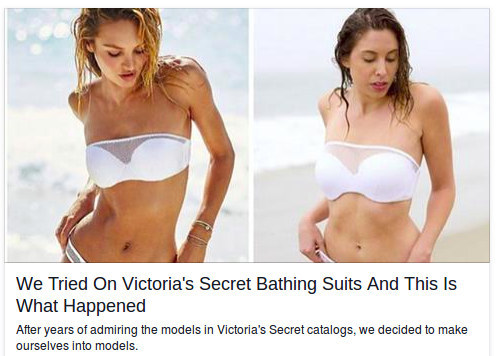
Read This!
One of my favourite examples – an especially subtle sales message – is this list of "Brilliant Novels". It promises great, short reads and features a number of classics: "The Hitchhiker's Guide to the Galaxy" by Douglas Adams, "Things Fall Apart" by Chinua Achebe or "Fahrenheit 451" by Ray Bradbury.
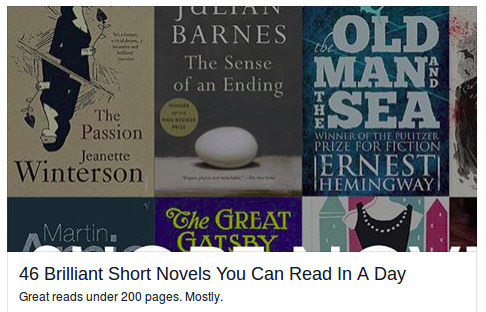
Selling Consumerism
Does Buzzfeed secretly get paid for all this? Probably not. I assume that it is honest about which content is sponsored by brands and which are the ideas of it's editorial teams.
But it seems that many articles here have one central message: consume.
So whenever I read a Buzzfeed article, I ask myself: What is it trying to sell? And very often the answer will be right there in the headline.


